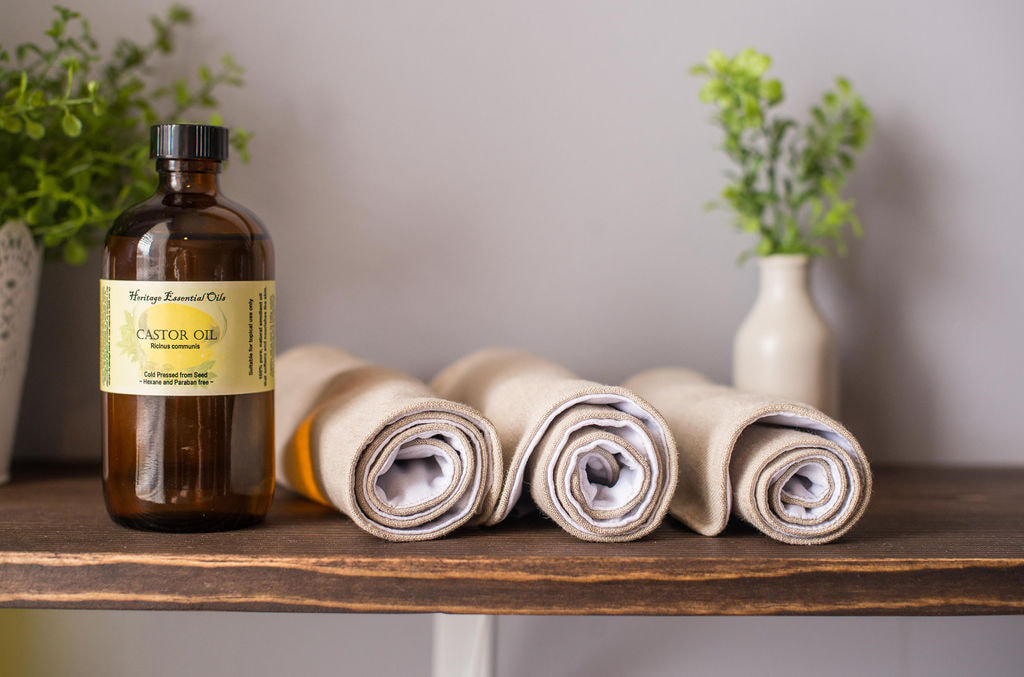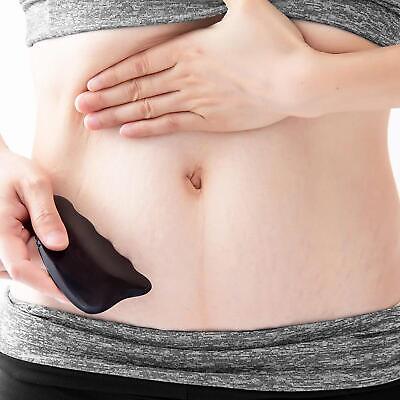
The menstrual cycle and exercise connection- Why knowing more about your cycle can help improve athletic performance
Feeling out of sync with your body and not exactly sure why? Some days workouts go well, yet the very next day, something might seem off. There are training days where everything clicks. You’re destroying sets and slaying goals – at the end, walking out of the gym with a spring in your step. Then there are those other days. You’re out of sync and barely reaching the ends of your reps. After you’re all done, you feel like you were hit by a bus – repeatedly.
Why do you rock certain days and struggle through others? Maybe it’s how much you prepare, maybe it’s how things went at work, maybe it’s something else entirely. But what if there was another explanation? Even better, what if you could understand the situation and take advantage of it?
And what if it has everything to do with your menstrual cycle?
At Health Pointe Jacksonville, we specialize in treating Women’s Health issues and hormone imbalances. With 18 years experience we have uncovered a close connection between a woman’s menstrual cycle and how her body responds to exercise and training. By understanding how the different phases of your cycle affect your hormone levels, you can adjust your fitness routine to match each phase and can prove beneficial for your mind and body.
There are 4 main phases of the menstrual cycle
- The menstrual phase: shedding uterine lining
- The follicular phase: growing healthy follicle and uterine lining
- The ovulation phase: releasing mature follicle (egg)
- The luteal phase: prepare for pregnancy OR menstruation
Each phase of the cycle is designed to help your body release a healthy egg for ovulation and conception (should you choose). If you haven’t conceived, your body then prepares the uterus to shed the lining each month= menstruation. During these phases, there are several different hormones that are released in order to help your body through each menstrual phase. Sometimes these hormonal shifts are easy and unnoticeable, and other times it’s a full on roller coaster of energy and emotions. This directly affects your appetite control, moods and energy production which then affects your training ability.
Tracking your cycle helps you to know what to expect in the coming weeks so that you can be better prepared, schedule accordingly and stop struggling.
OPTIMAL EXERCISES FOR EACH PHASE
Let’s get into the phases and what types of exercises are more suitable for you and your hormones at that time:
- Menstruation Phase: cycle days 1-4. The shedding phase can oftentimes be an uncomfortable time full of inflammation, abdominal pain, bloating, and super low energy. This is a great time to dial training back, focus on gentle stretching and self care. If you struggle with painful periods, fibroids, endometriosis we recommend using a castor oil pack during this time. Read more here
- Follicular Phase: cycle days 5-14. Energy levels are bouncing back, baby! Best time to brainstorm, big ideas and make plans. Feel free to attack high intensity workouts, HIIT, focus on building strength, speed training, cardio and boxing
- Ovulation Phase: cycle day 14 (on a 28 day cycle). The egg is being released for conception and libido soars. You are looking and feeling your BEST right now. This is the best time to schedule interviews, and social outings. Energy has peaked, so leveling up exercise now is key by increasing cardio, kickboxing, and rowing.
- Luteal Phase: cycle days 15-1. This is the time your body is preparing for either pregnancy OR menstruation. The first week of the luteal phase, energy is still pretty available. The second week your body is in prep mode and energy will start to wane as you head into the menstruation phase. Zumba, Pilates, yoga, and swimming are all great forms of movement now.
It’s important to remember that everyone’s body is different, which means your cycle could land on other days or your energy may shift differently from phase to phase — and that’s OK. Try journaling through your process, making notes on days when you feel the effects of your menstrual phase (your energy, mood, diet and how your body feels) so you can plan accordingly throughout the month.





About The Author: Julee Miller
More posts by Julee Miller